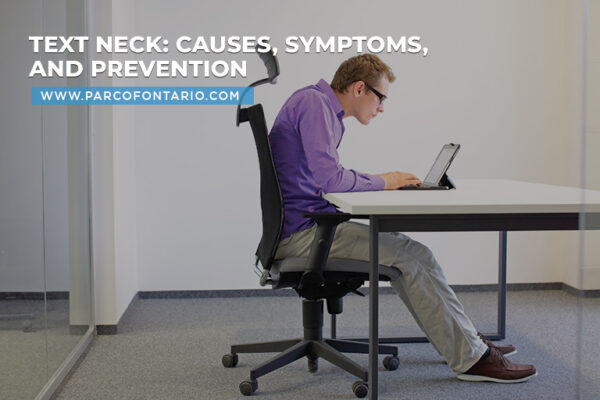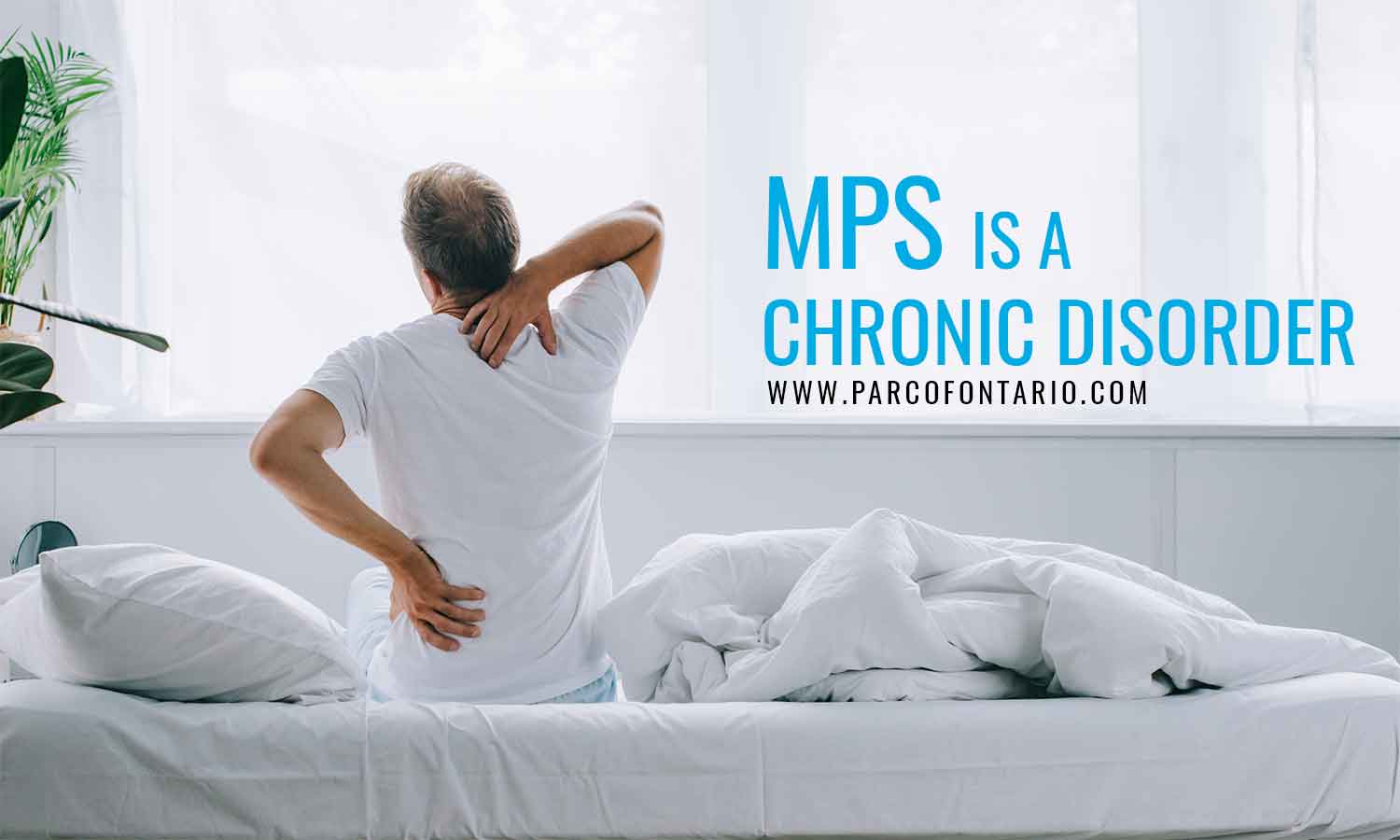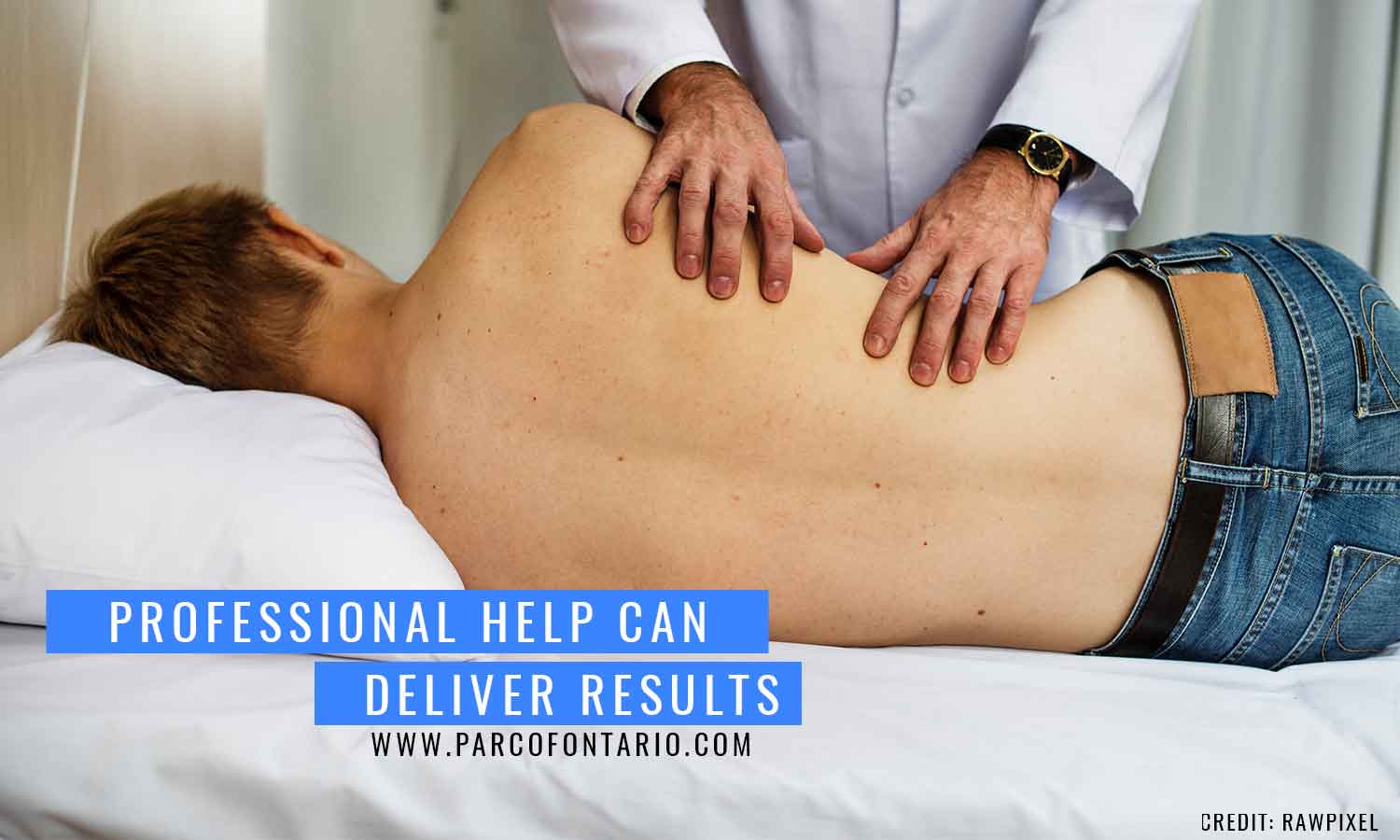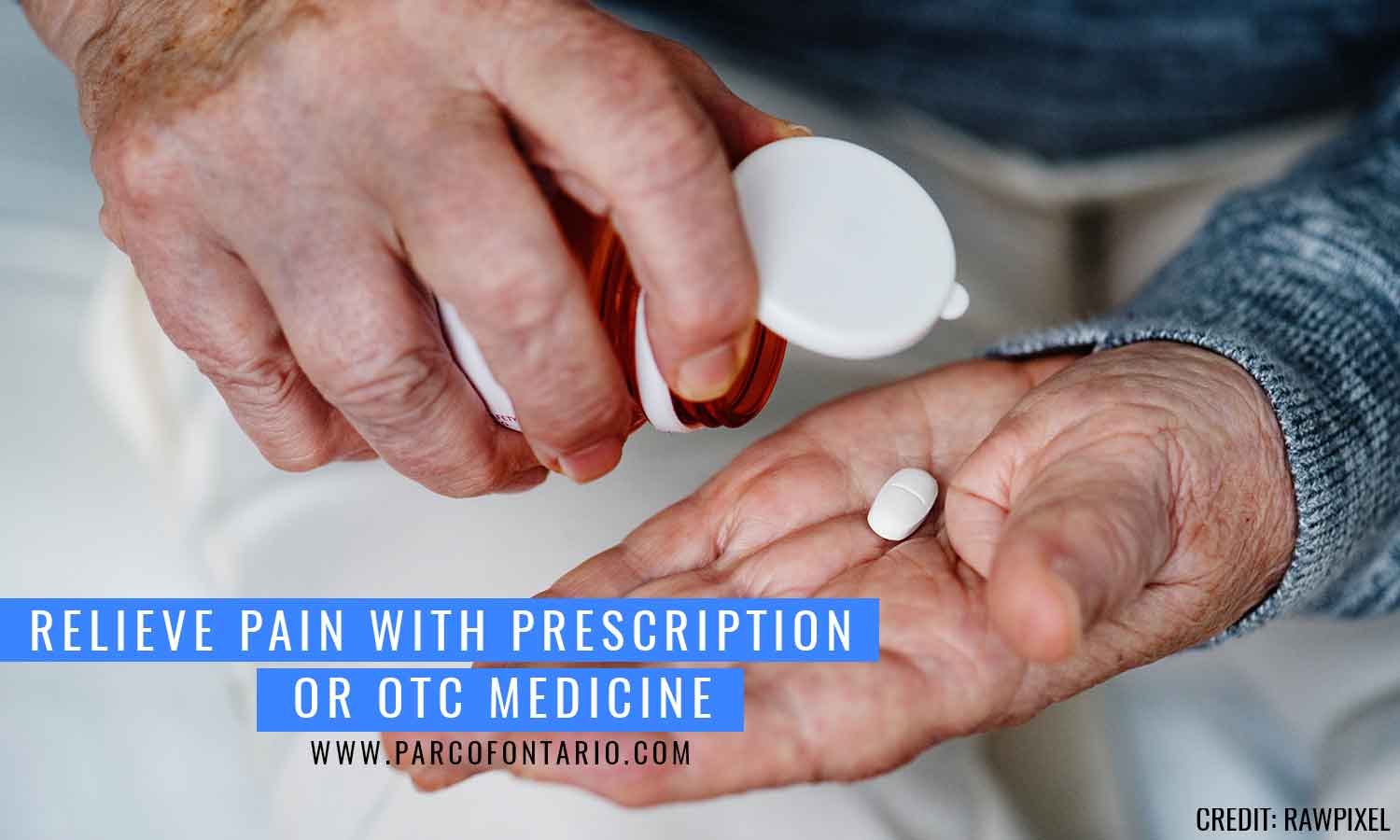
Text Neck: Causes, Symptoms, and Prevention
Many of us spend long hours hunching over our electronic mobile devices and laptops. As we spend more time texting, browsing social media, and reading on our devices, this constant downward gaze…
Read More
Muscle pain is a common condition that will affect most people at some point in their lives. However, if you experience pain that refuses to leave (despite over-the-counter medication, massages, compression, and other remedies), consult with your family doctor or GP. They can perform tests and evaluate your history to determine whether you are dealing with Myofascial Pain Syndrome (and require physiotherapy).
Myofascial pain syndrome (MPS) affects the fascia — thin fibrous tissues that cover the muscles and internal organs. MPS manifests itself as pain and inflammation in the musculoskeletal system (generally called “muscle pain”). While ordinary muscle pain generally disappears after a few days or weeks (with or without treatment), MPS is a persistent, chronic pain disorder.

MPS can have many causes, like a muscle injury (including overexerted or strained muscles) or a repetitive strain injury (e.g. prolonged typing on a keyboard, or use of a computer mouse). However, it can also be provoked by other factors, including:
– Overcooling of the muscles (e.g. extended exposure to air conditioning)
– Lack of activity (e.g. sitting for long periods of time at work)
– Lack of sleep
– Poor posture
– Emotional factors (e.g. stress, depression, or anxiety)
– Vitamin or mineral deficiencies

Pain caused by MPS can either be localized (affecting a specific part of a muscle) or referred, which manifests in parts of the muscle other than the location of the actual source of pain. Other symptoms of MPS may include:
– “Local twitch response” — a muscle spasm resulting from pressure or contact with the affected muscle; the spasm may or may not be perceptible
– Trigger points — tight “knots” in muscles that cause intense localized and referred pain and local twitch response when pressed
– Muscle tightness, tension, or stiffness
– Tenderness and soreness
– Muscle weakness
– Popping, clicking, or snapping sensations
– Deep pain in certain areas of the muscle
– Pain that intensifies when the muscle is stretched and/or strained
– Limited or restricted range of motion
– Insomnia
– Behavioural disturbances

Individuals suffering MPS can turn to a physiotherapist for pain relief and increased mobility. Physiotherapy (with therapeutic modalities specifically for myofascial pain) is designed to treat the muscles by correcting the contributing factors and loosening, stretching, and strengthening the muscles.
A physical therapist can create a plan for a patient based on the signs and symptoms the individual presents. Physical therapy involves a number of activities, techniques, and procedures that can include:
– Electrical muscle stimulation (EMS) – EMS can effectively address the loss of function.
– Functional electrical stimulation (FES) – FES encourages muscle contraction to improve the range of motion, relieve pain, and reduce spasticity.
– High-frequency transcutaneous electrical nerve stimulation (TENS) – TENS targets sensory nerves to disrupt pain signals, providing relief and reducing tightness.
Physiotherapy alone can effectively relieve symptoms. However, it works well alongside other procedures and therapies. Patients with MPS can benefit from treatments that might include:

Many symptoms of MPS, like pain and muscle spasms, can be treated with drugs, including pain relievers (e.g. nonsteroidal anti-inflammatory drugs and analgesics) and muscle relaxants. Other types of medications that can be effective in treating some symptoms include:
– Botox (recently approved by the FDA for the treatment of chronic pain symptoms)
– Antiseizure drugs
– Antidepressants
Consult with your doctor, so they can recommend or prescribe the specific medication that will best help address your pain.
A poor work environment can contribute to postural deficiencies and trigger MPS, especially if the individual is in one position for extended periods of time. Occupational therapy can evaluate and correct working conditions of individuals with MPS. This may involve setting up ergonomic workstations to correct posture and avoid repetitive stress injury.
Acupuncture involves the application of needles to key points in the body. It is an ancient traditional Chinese remedy, and has recently been accepted as a therapy for treating stress, anxiety, and chronic pain. It can resolve the constriction of blood vessels, improve circulation, induce analgesia, and promote the body’s natural ability to heal itself.
Similar to acupuncture, dry needling uses needles that are inserted into the skin to access specific points in the body. However, it specifically targets the trigger points of myofascial pain. Dry needling can be done by poking the needle in and out trigger points or the surrounding areas. The process is sometimes painful, but can help ease persistent symptoms.

Clinical treatments work well when supplemented by self care. Make time to do the following treatments between therapies, with the guidance of your physiotherapist.
Myofascial pain syndrome is an everyday reality for those who deal with this ailment, and can be detrimental to a person’s quality of life. However, the above treatments can alleviate many of its symptoms and allow you to enjoy an improved quality of life. Talk to your doctor if you suspect you have MPS, or if you have persistent muscle pain. Ask about treatment options suitable for you.
For physical therapy in Scarborough, Mississauga, and other GTA locations, contact The Physiotherapy and Rehabilitation Centres (PARC) of Ontario. We also have offices in Oshawa, Ajax, and Whitby. Book an appointment at a clinic near you.